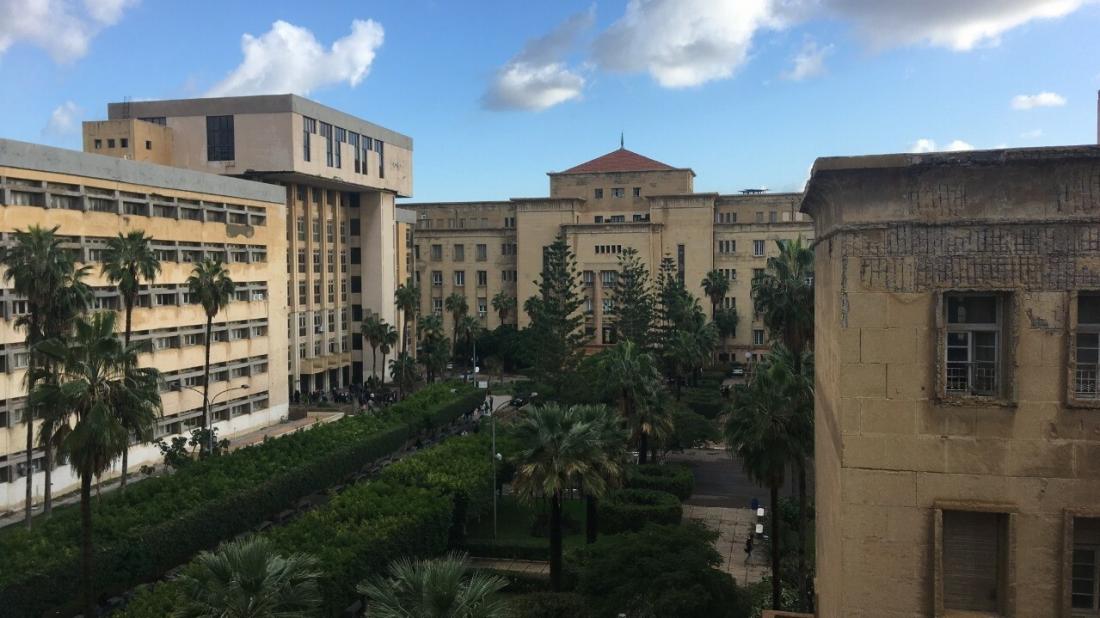SOLE in Egypt: energy rehabilitation intervention in the Faculty of Engineering, Alexandria University

The SOLE project focuses on the energy efficiency improvements of public buildings in the Mediterranean adopting energy rehabilitation strategies and increasing the use of renewable energies.
Through the project, the Alexandria Chamber of Commerce and Confederation of Egyptian European Business Associations (CEEBA) in Egypt are working to rehabilitate the administration building of the faculty of engineering at the University of Alexandria improving its energy consumption system.
Description of the building
The Faculty of Engineering at the Alexandria University in Egypt, was first established as a branch of the King Fuad I University in 1942 and it covers an area of over 110 000 m². The faculty counts 10 buildings and the pilot building hosts around 1.500 to 2.000 students per day, in addition to at least 50 staff members, for up to 12 hours a day, 9 months a year. The administration building is one of the most remarkable and well-known landmarks of the city. The almost 80-year-old building is in the centre of the cosmopolitan city of Alexandria overlooking one of the city’s busiest main streets.
The building was designed in a Pharaonic style and consists of five floors plus a large base floor, with a concrete rooftop and aluminium windows. The electrical and mechanical systems consist of fluorescent and flora lamps, partial ventilation and cooling with split Air Conditioning and manual fans.
Description of the intervention
The intervention will primarily focus on installing photovoltaic panels on the rooftop and at the façade of the two upper floors of the building with a capacity of 150 kWh covering the building’s electrical and mechanical systems. The PV modules at the façade will also have an additional shading effect for the upper floors. A standby battery will be added covering the electricity needs of the elevators which will improve the building’s safety measures.
Additionally, the lighting system will be replaced with LED and fluorescent (compact lamps) lights providing the same amount of light at 10% reduction of the current electricity consumption. The overall estimated electricity savings from the intervention are equal to 27,000 kWh per month which will reduce CO2 emissions by 6.000 to 11.000 tons per month. The estimated monthly financial savings are 39,000 EGP (roughly 2,100 EURO) per month.
This initiative will rehabilitate the building into a more efficient, green building and will act as a flagship for promoting future professional and educational projects. Besides, it is supposed to create a behavioural change in the energy consumption of the users and encourage public authorities and policy makers to replicate the project throughout the country.
The funding for the intervention will amount to 250,000 Euros of which 90% is funded by the ENI CBC MED Programme and the remaining 10% is financed through the Alexandria Chamber of Commerce.







